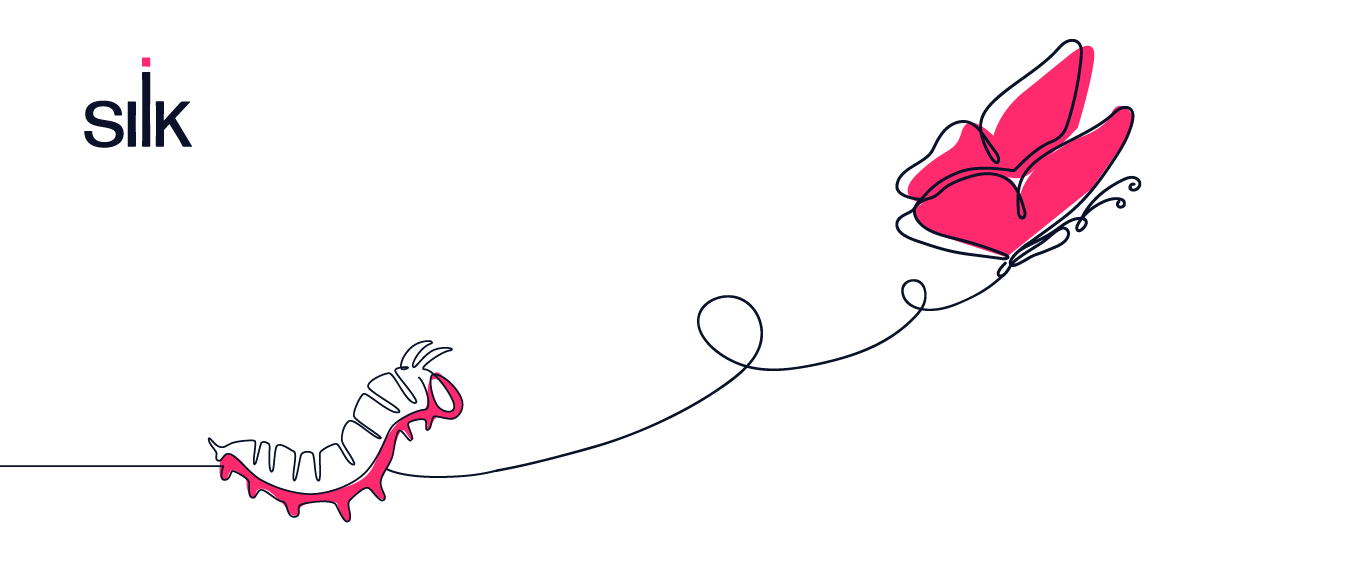In the rapidly evolving landscape of cloud computing, companies face critical decisions regarding their SaaS architecture. Navigating these challenges successfully requires strategic thinking, innovation, and a proactive approach. I recently sat down with Ulrik Elstrup Hansen, VP and Head of SaaS Innovation at SimCorp to hear their intriguing cloud journey story. SimCorp is a prominent player in the investment management industry that recently transformed its platform into a cutting-edge Software as a Service (SaaS) offering. In this blog post, I’ll delve I’ll share insights from Ulrik into SimCorp’s cloud journey and the key decisions that paved the way for their SaaS success.
A Strategic Shift to SaaS: SimCorp’s Story
SimCorp, often regarded as the tech backbone of the investment management industry, serves major clients such as insurance companies, asset managers, and sovereign wealth funds. With approximately 300 clients, SimCorp’s focus on providing exceptional service and meeting high-security compliance standards is paramount. As market demands continued to shift towards SaaS offerings, SimCorp looked to transition its SimCorp Dimensions application in that direction. As the head of the SaaS Innovation team, Ulrik was responsible for overseeing SimCorp’s cloud architecture and ensuring robust security compliance, optimal performance, a seamless user experience, and competitive pricing for this SaaS offering.
To make their journey to a cloud-base SaaS offering a success, SimCorp enlisted the help of Silk. Silk gave the SimCorp Dimensions application the consistent and high performance that it needed to be successful on the cloud. In fact, by introducing Silk to its tech stack, SimCorp’s largest client was able to achieve significantly faster performance through the SaaS offering compared to their previous on-premises setup.
However, successfully morphing their product into a SaaS offering wasn’t an easy process. There were a number of unique challenges and decisions that the team needed to thoughtfully consider and overcome.
Decoding the Tenancy Dilemma: A Hybrid Approach
One of the foundational challenges in SaaS architecture is the choice of tenancy models. SimCorp employs a hybrid approach, offering a spectrum of tenancy options to cater to diverse client needs. From fully single tenant applications to fully multi-tenant solutions, SimCorp provides flexibility and customization. For core applications, especially those involving sensitive financial data, single tenancy is often preferred to ensure complete data isolation. SimCorp, however, also accommodates multi-tenant scenarios, allowing clients to share resources within a secure environment. As a further bit of complexity, SimCorp in turn enables its own customers to provide a multitentant solution for their end customers. The balance between customization and resource efficiency is a key factor in SimCorp’s tenancy strategy.
Navigating the Cloud Migration: Automation and Optimization
Moving to the cloud posed unique challenges for SimCorp, particularly given the complexity of their 30-year-old core application. Refactoring every component was not feasible, necessitating a balance between legacy integration and cloud optimization. The focus shifted towards cloud-native solutions, optimizing where possible (like with their introduction of Silk), and embracing an “everything is code” philosophy. This approach streamlined operations, reduced overheads, and ensured a positive business case.
Scaling Responsively: Building Elastic Architectures
SimCorp’s clients operate globally, necessitating an architecture capable of handling diverse usage patterns and market hours. SimCorp’s solution is designed to be available 24/7, scaling dynamically based on client needs. Horizontal scaling and elastic service agents enable SimCorp to manage peak loads efficiently. By embracing dynamic scaling and leveraging tools like Silk, SimCorp ensures optimal resource utilization while enhancing performance.
Resilience in the Face of Challenges: A Proactive Strategy
Resiliency is non-negotiable for financial institutions, given stringent regulatory requirements and evolving threats like ransomware. SimCorp’s architecture prioritizes high availability, active-active configurations, and failover mechanisms. Continuous testing, including live failovers, ensures that SimCorp can seamlessly transition services, even in the face of unexpected incidents. The integration of ransomware-proof backup strategies adds an extra layer of security, allowing SimCorp to rebuild services swiftly when necessary.
The Role of Cost Management: Achieving Efficiency and Accountability
SimCorp acknowledges the critical role of cost management in cloud operations. The company adopts a proactive stance, leveraging internal ownership and accountability to monitor costs rigorously. Third-party tools and AI-driven services aid in optimizing cloud spending. By offering transparency to clients about their resource usage, SimCorp fosters trust while enabling clients to make informed decisions.
Words of Wisdom: Lessons from SimCorp’s Journey
Ulrik’s experiences at SimCorp offer valuable insights for other companies embarking on their cloud and SaaS journeys. Some of Ulrik’s key takeaways are:
- Value-Based Approach: Prioritize initiatives based on commercial value, Total Cost of Ownership (TCO), and security considerations. Balance revenue generation, cost reduction, and security investments to maximize the value delivered.
- Hybrid Tenancy: Recognize the diversity of client needs and adopt a hybrid tenancy approach. Provide flexibility while ensuring data security and customization options.
- Continuous Innovation: Embrace an “everything is code” philosophy. Automate processes, optimize workflows, and innovate continuously to enhance efficiency and agility.
- Resilience by Design: Build architectures with resilience at the core. Regularly test failover mechanisms, active-active configurations, and backup strategies to ensure robustness against potential threats.
- Cost Accountability: Empower internal teams with ownership and accountability for cloud costs. Utilize third-party tools, like Silk, and AI-driven services to optimize spending and enhance efficiency.
SimCorp’s successful transformation into a SaaS powerhouse exemplifies the possibilities that await companies willing to innovate, adapt, and invest wisely in cloud technologies. By embracing a holistic approach that combines technical expertise, strategic planning, and customer-centricity, businesses can pave the way for their own SaaS success stories.
Listen to the Whole Conversation with Ulrik!
Watch the video to hear all of SimCorp’s secrets to SaaS success!
Let's Get SaaS-y!


